Sanchon (산촌)
3.8Km 2019-06-13
30-13, Insadong-gil, Jongno-gu, Seoul
+82-2-735-0312
Founded and opened by Monk Jeongsan,
Sanchon is a
vegan-friendly restaurant that mainly serves temple foods. The
dishes found here are a results of Kim Yun-sik, who was inspired
by the simple, clean and healthy diet that a Buddhist practitioner taught
him years ago. Now, being a top authority on vegetarian
food in Korea, Kim Yun-sik helped perfect the standard and quality of
temple food.
The dishes are made with all natural ingredients such as vegetables and mountain herbs, and are cooked without chemical additives. The actual dishes served vary by season, and in order to meet the tastes of the general public, the
restaurant includes "five spices" (garlic, shallots, mountain leeks, etc.), which monks are typically not allowed to eat. Those who would like their food without these ingredients are asked to make their request at least one day prior to visiting.
Musée agricole (농업박물관)
3.8Km 2022-08-03
16, Saemunan-ro, Jung-gu, Seoul-si
Le musée agricole a été inauguré en 1987 et a été réouvert en juillet 2005 après une période de rénovation. Le musée possède trois salles d’expositions : le hall de l’histoire de l’agriculture, le hall de la communauté agricole et le hall de la promotion de l’agriculture. Le musée expose 2 000 artefacts, ainsi que des reconstitutions de rizières, de maisons traditionnelles et de marchés de sociétés agricoles pour permettre aux visiteurs d’observer et de comprendre la vie des fermiers d’autrefois.
Enceinte de l’ancienne légation russe (구러시아공사관)
3.8Km 2020-06-18
21-18, Jeongdong-gil, Jung-gu, Seoul-si
+82-2-3396-5882
La légation russe a été bâtie dans le style de la renaissance en 1890. C’est l’architecte russe A. J. Scredin Sabatine qui en a conçu la structure. En 1895, à l’époque de la dynastie Joseon, a eu lieu l’incident de Eulmisabyeon, pendant lequel le Japon a fait une démonstration de force. Alors que des luttes de pouvoir éclataient entre le Japon, la Chine, la Russie et d’autres puissances, l’Impératrice Myeongseong-hwanghu émergeait en tant que personnalité forte de la Corée. Elle était considérée comme une menace par le Ministre japonais Miura Goro, qui a donc ordonné son assassinat. Après avoir appris la nouvelle de l’assassinat de l’Impératrice, le roi Gojong et le prince héritier ont trouvé refuge dans l’ambassade russe pendant un an.
Après 1945, l’Union Sovétique a réinvesti l’ambassade, jusqu’à ce qu’elle soit presque entièrement détruite durant un incendie pendant la Guerre de Corée (1950-1953). Les seules parties rescapées sont la tour et les sous-sols. Le bâtiment a été restauré dans son état actuel en 1973 et c’est à présent un jardin public très apprécié.
Yeontabal Apgujeong(연타발 압구정)
3.8Km 2020-11-26
231 Dosan-daero Gangnam-gu Seoul
+82-2-545-4248
This is a house where you can eat charcoal-grilled Daechang (roasted intestine meat). The best menu at this restaurant is grilled beef large intestine. This Korean dishes restaurant is located in Gangnam-gu, Seoul.
Insadong Maneul Bossam (인사동마늘보쌈)
3.8Km 2021-03-19
12-5, Insadong 8-gil, Jongno-gu, Seoul
+82-2-735-7885
This is a Korean cuisine located in Insa-dong, Seoul. It is located at Ssamji-gil in Insa-dong. The representative menu is napa wraps with pork and garlic.
Everest (에베레스트)
3.8Km 2019-09-02
2-1, Jong-ro 51ga-gil, Jongno-gu, Seoul
+82-2-766-8850
Nepal is located in the southcentral region of the Himalayan Mountains between India and Tibet, accounting for its diverse mixture of both country's cultures. Restaurant Everest allows guests to enter this culturally diverse world by offering cuisine from Nepal, India, and Tibet. In addition, Everest is operated by a Nepali owner, serving affordable food to tourists and students interested in the culture of Nepal. Customers can learn of the traditional food and culture of Nepal while listening to Nepali music and watching movies. The restaurant also provides a seminar area for various meetings.
Choedaegamne (최대감네)
3.8Km 2020-06-01
12-3, Insadong 8-gil, Jongno-gu, Seoul
+82-2-733-9355
Choedaegamne is a traditional restaurant with a cozy garden and a pond. It is located at the end of the alley next to Inside Plaza. At this famous restaurant located in Insa-dong, a traditional interior is enhanced by the date trees planted in between tables. Various dishes are available such as Ssambapjeongshik with organic vegetables, beef shabu shabu using beef stock and fresh tender galbi (ribs) which are purchased daily.
Kwonsooksoo (권숙수)
3.8Km 2017-02-14
서울특별시 강남구 언주로170길 27
Kwonsooksoo gets its name from the chef who opened the restaurant and sooksoo, the old word for "a person who makes food." Chef Kwon Woo Joong opened the restaurant with the hope of showcasing the tastes of Korean homecooked meals in a new way, neither old fashioned nor awkward.
Yu Yuan (유 유안)
3.8Km 2017-02-24
97, Saemunan-ro, Jongno-gu, Seoul
With a name derived from Shanghai's beautiful garden, Yu Yuan displays the glamorous exuberance and abundance of Shanghai in the 1920s. Offered menus are mostly based on Guangdong cuisine along with other Chinese regional specialties such as Bejing Duck.
Porte Heunginjimun (흥인지문)
3.8Km 2023-04-26
288, Jong-ro, Jongno-gu, Seoul
Département culture et tourisme de l'arrondissement Jongno-gu : +82-2-2148-1842
La porte Heunginjimun a été construite pour protéger Hanseongbu, lieu de gouvernance historique du pays. La porte Heunginjimun était la porte à l'est de la muraille de Séoul parmi les 8 portes de l'édifice. Elle est aussi appelée la porte Dongdaemun. La porte fut construite durant la 5ème année de règne du roi Taejo en 1396 puis réaménagé durant le règne du roi Danjong en 1453. Elle fut reconstruite en 1869 durant la sixième année de règne du roi Gojong. Elle est un symbole de l'architecture de la fin de la période de la dynastie Joseon.
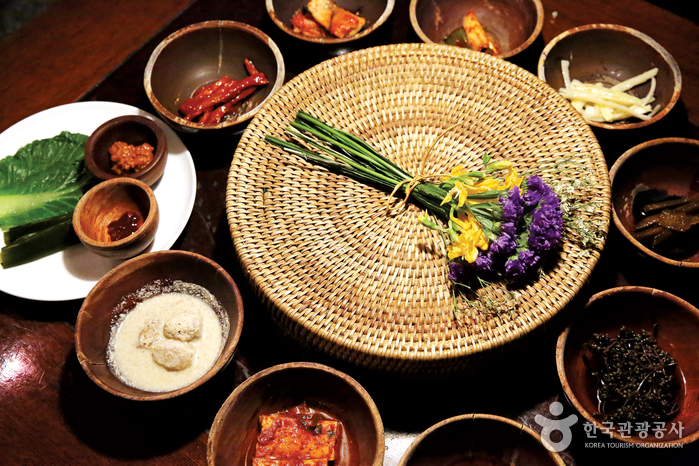
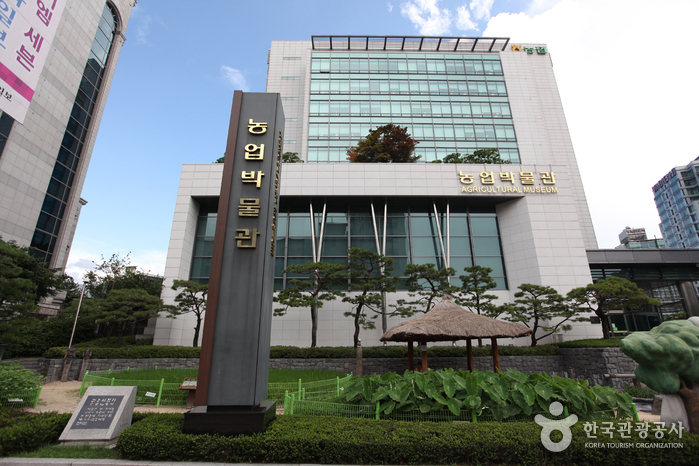
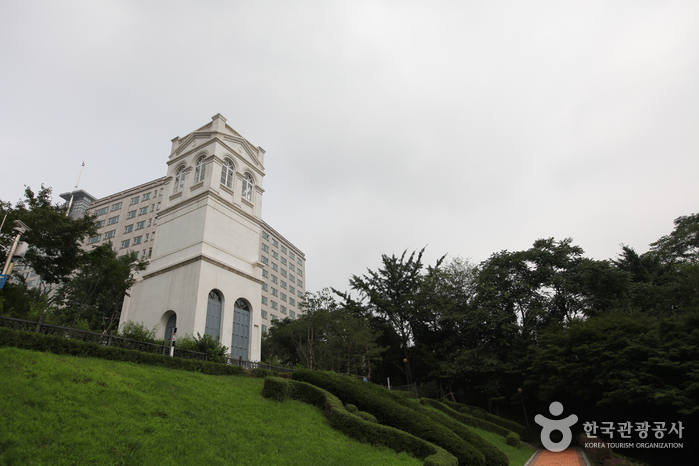
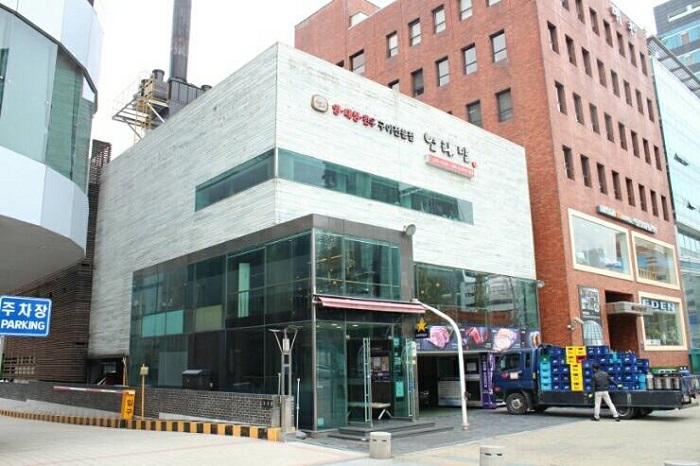
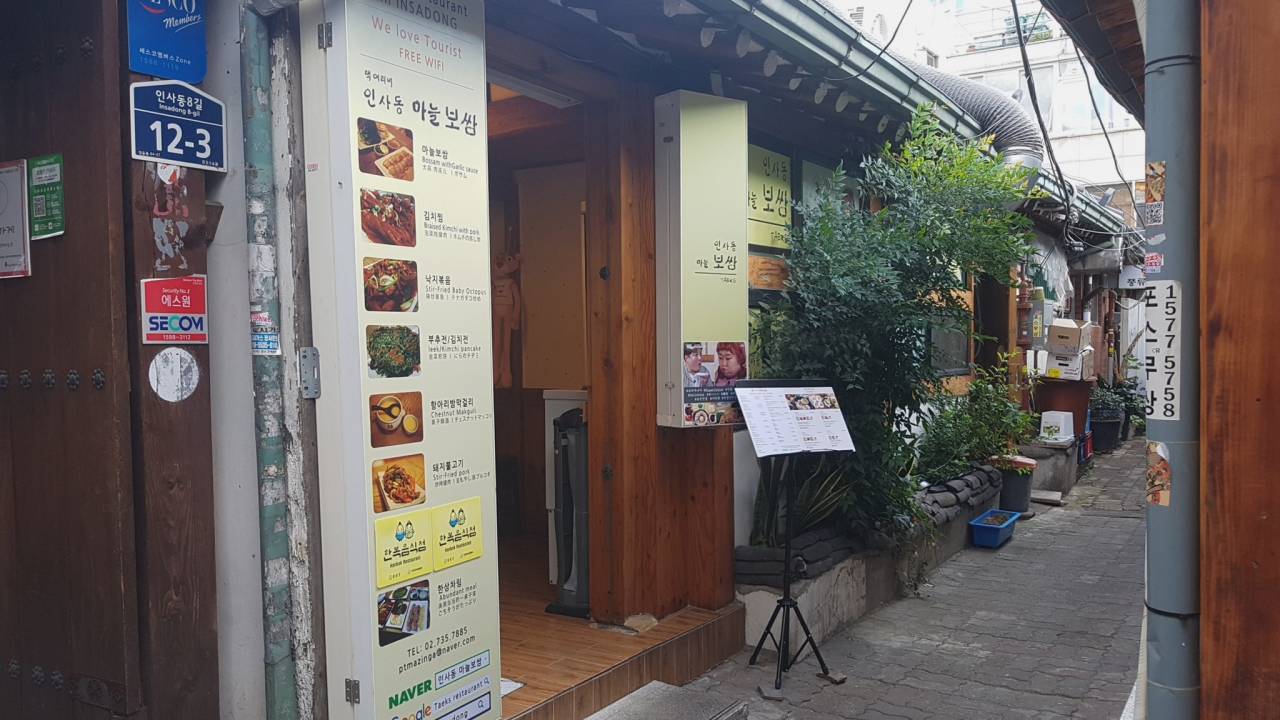
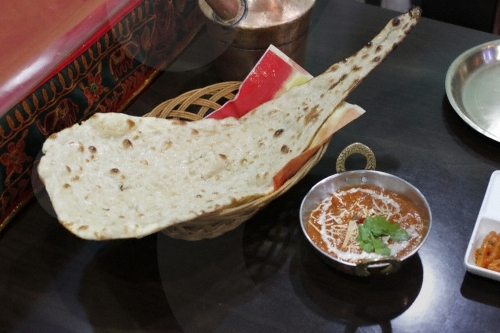
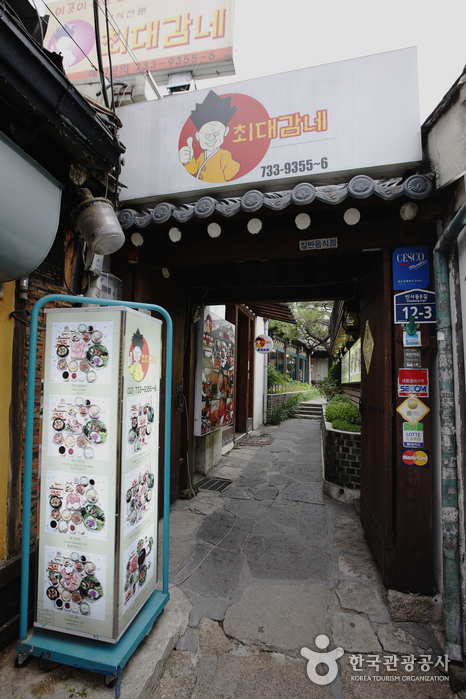

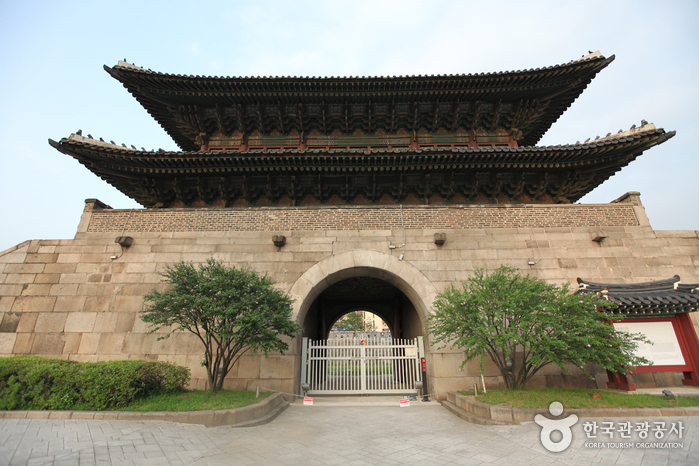
 Français
Français
 한국어
한국어 English
English 日本語
日本語 中文(简体)
中文(简体) Deutsch
Deutsch Español
Español Русский
Русский